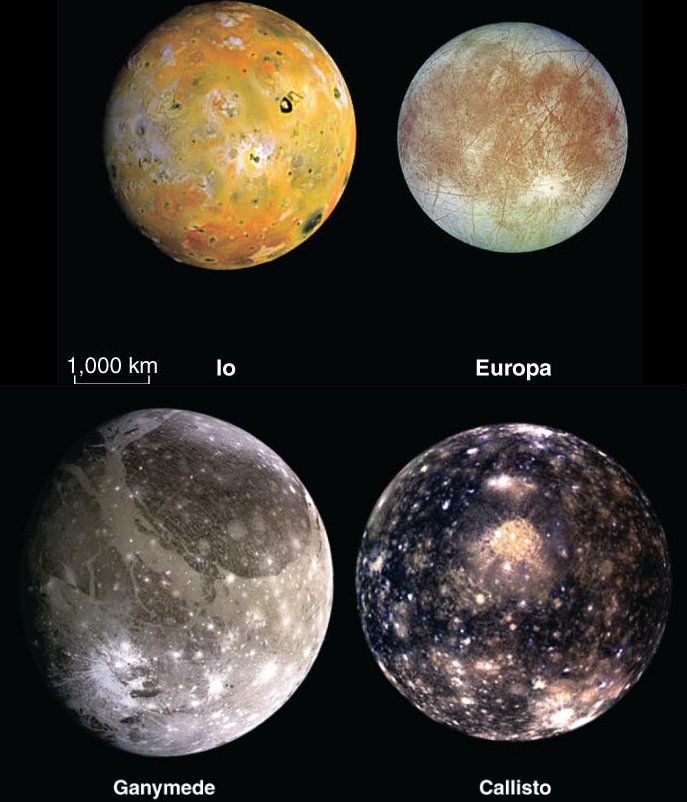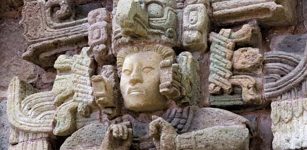On This Day In History: Galileo Discovered Four Jupiter’s Moons – On Jan 7, 1610
MessageToEagle.com – On January 7th, 1610, four hundred years ago, Galileo Galilei, the Italian astronomer and mathematician made a discovery of the four Galilean moons: Ganymede, Callisto, Io and Europa.
The last two, however, he was not able to distinguish until the following day.

At first, he saw (as he called them) “three fixed stars, all close to Jupiter. The next evening, these stars seemed to have moved the wrong way, which caught his attention and he continued to observe them. On January 11, a fourth ‘star’ (later identified as Ganymede) appeared.
After a week, Galileo had observed that the four stars never left the vicinity of Jupiter and appeared to be carried along with the planet. Within a few days, he concluded that he had discovered three of Jupiter’s four largest moons.
His great discovery confirmed – everything did not revolve around the Earth.
Galileo originally called the Jupiter’s moons the “Medicean planets”, after the Medici family (a famous family of Florence that can be traced back to the end of the 12th century); he also referred to the individual moons numerically as I, II, III and IV.
Galileo’s naming system would be used for a couple of centuries, until astronomers renamed these four satellites around Jupiter – ‘Galilean satellites’ in honor of their discoverer and we all know today that these are: Io, Europa, Ganymede, and Callisto.
Galileo’s observations were confirmed by the observatory of Christopher Clavius and he received a hero’s welcome when he visited Rome in 1611. The scientist continued to observe the satellites over the next eighteen months, and by mid-1611, he had obtained remarkably accurate estimates for their periods—an achievement, which Kepler had believed, was impossible.
MessageToEagle.com
Expand for references









